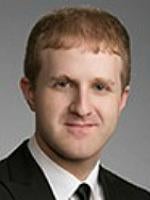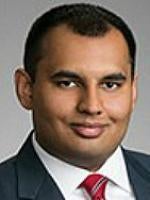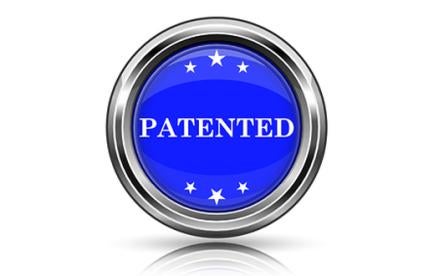POWER INTEGRATIONS v. FAIRCHILD SEMICONDUCTOR: Dec. 12, 2016. Before Prose, Schall, Chen.
The Takeaway
A party cannot be liable for induced infringement where it does not successfully communicate with and induce a third-party direct infringer.
Where a finding of infringement by equivalence would entirely vitiate a particular claimed element, such a finding is inappropriate.
Procedural Posture
On appeal from D. Del. where a jury found that (1) plaintiff Power’s ’270 and ’605 patents were neither anticipated nor obvious and were not infringed; (2) Power’s ’851 and ’876 patents were not anticipated and were directly and indirectly infringed by Fairchild; (3) Fairchild’s ’972 patent was not obvious and was infringed by Power under the doctrine of equivalents; and (4) Fairchild’s ’595 patent was not anticipated and was not infringed by Power. The district court then granted Power’s JMOL that Fairchild directly infringed the ’605 patent, but denied the parties other motions. The district court then granted Power’s motion for a permanent injunction and denied Fairchild’s motion for a permanent injunction. Both parties appealed. The CAFC affirmed-in-part, reversed-in-part, vacated-in-part, and remanded.
Analysis
-
Anticipation of Power’s ’876 patent: The CAFC held that substantial evidence supported the jury verdict that neither prior art references anticipated claims of the ’876 patent.
-
Induced infringement of Power’s ’851 and ’876 patents: The CAFC vacated the jury verdict of infringement, finding that the jury instruction misstated the law on induced infringement in a way that prejudiced Fairchild. The instruction left the jury with the “incorrect understanding that a party may be liable for induced infringement even where it does not successfully communicate with and induce a third-party direct infringer.” Induced infringement requires a showing that the accused inducer took an affirmative act to encourage infringement with knowledge that the induced acts constitute direct patent infringement. The CAFC refused to enter judgment in favor of Fairchild because the evidentiary record permitted “more than one reasonable finding on induced infringement.”
-
Anticipation of Power’s ’605 patent: The CAFC reversed the jury’s verdict of no anticipation, finding that the verdict was not supported by substantial evidence. “All that matter[ed]” for anticipation was that the reference “disclose ‘a variable current limit threshold that increases during the on time of the switch,’” a limitation which Power’s expert “admitted” was not present.
-
Obviousness of Fairchild’s ’972 patent: The CAFC affirmed the district court’s claim construction and the jury’s verdict that the claims would not have been obvious. The CAFC held that when there is a black box jury verdict, the appeals court “presume[s] the jury resolved underlying factual disputes in favor of the verdict winner and leave[s] those presumed findings undisturbed if supported by substantial evidence.” Because Fairchild’s expert testimony provided the jury with substantial evidence for its presumed findings that the reference did not disclose a limitation of the claims, and that a skilled artisan would have difficulty combining the prior art, the CAFC affirmed the jury finding that the claims would not have been obvious.
-
Infringement of Fairchild’s ’972 patent under the doctrine of equivalents: The CAFC reversed the jury’s verdict that Power infringed the ’972 patent under the doctrine of equivalents. Under claim vitiation, “if a court determines that a finding of infringement under the doctrine of equivalents would entirely vitiate a particular claimed element, then the court should rule that there is no infringement under the doctrine of equivalents.” Because finding infringement under the doctrine here would vitiate the requirement that the claimed feedback signals be “distinct,” the CAFC reversed the jury finding of infringement by equivalence.
-
Permanent injunction: The CAFC found the denial of Fairchild’s motion for a permanent injunction moot in light of the reversal of the ’972 infringement finding. The CAFC vacated the district court’s grant of Power’s permanent injunction in light of the above holdings, and left it to the district court “to determine in the first instance if a permanent injunction is appropriate.”





 i
i

